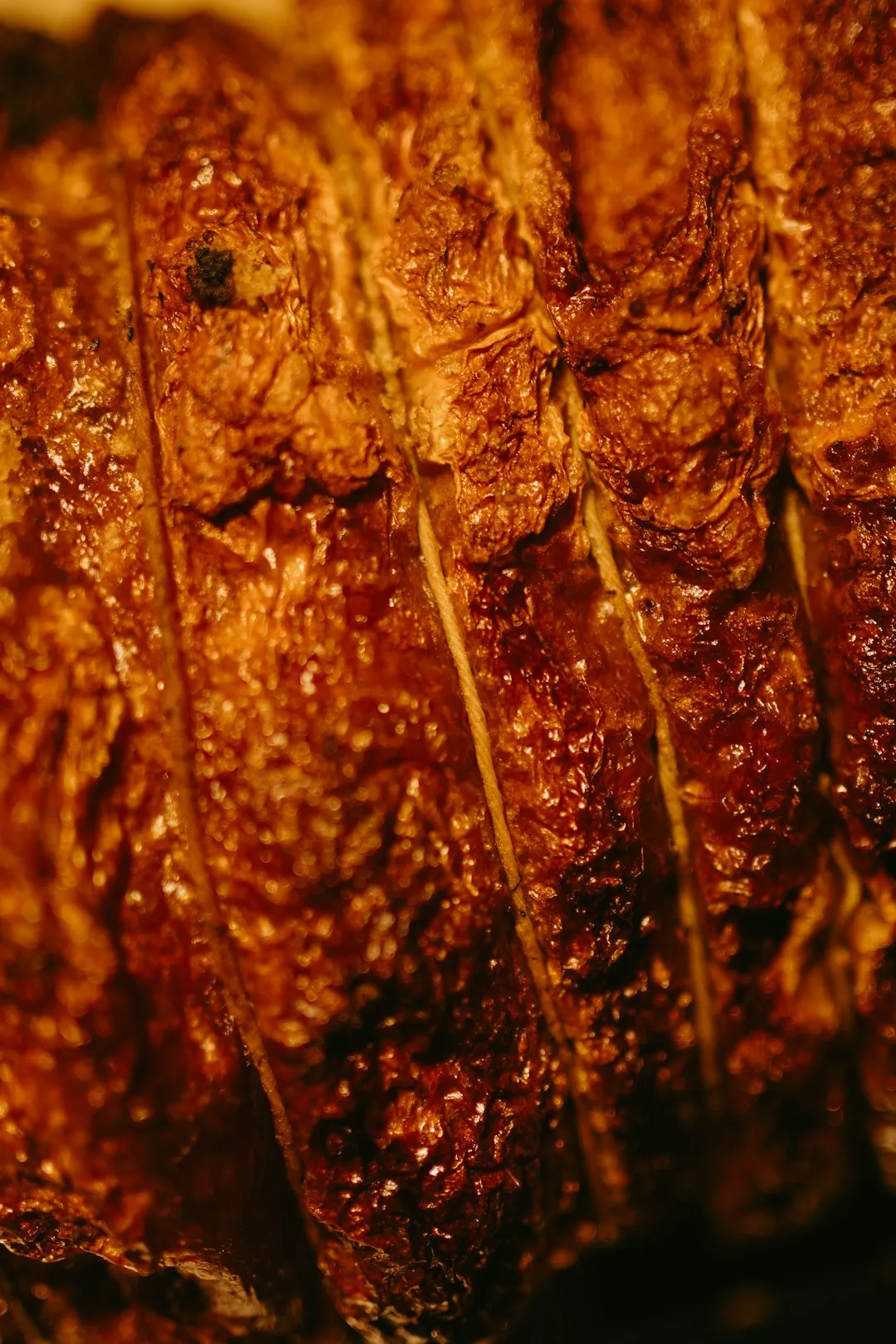Cracking the Code of Egg Cooking: Avoiding Common Mistakes

Eggs are a staple in many kitchens around the world. They are versatile, nutritious, and can be used in a wide variety of recipes, from breakfast classics like omelets and scrambled eggs to baked goods such as cakes and cookies. It sounds so easy to “get cracking,” right? In actuality, there are some surprisingly common egg mistakes that many home cooks (and even some professionals) make. Let's take a closer look at these mistakes and how to avoid them so you can cook and bake egg recipes wisely.
One of the most common mistakes is overcooking eggs. When you overcook scrambled eggs, they can become dry, rubbery, and lose their delicate flavor. The same goes for hard - boiled eggs. Overcooked hard - boiled eggs often have a greenish ring around the yolk, which is caused by a chemical reaction between the iron in the yolk and the sulfur in the egg white. To avoid overcooking scrambled eggs, cook them over low to medium heat and stir gently. For hard - boiled eggs, bring the water to a boil, then turn off the heat, cover the pot, and let the eggs sit in the hot water for the appropriate amount of time (usually about 9 - 12 minutes depending on the size of the eggs). After that, immediately transfer the eggs to an ice bath to stop the cooking process.
Another mistake is not separating eggs properly. When a recipe calls for separated eggs, it's crucial to get it right. Even a tiny bit of yolk in the egg whites can prevent them from reaching their maximum volume when beaten. To separate eggs, crack the egg gently on a flat surface and then carefully transfer the yolk back and forth between the two halves of the eggshell, letting the egg white drip into a bowl. You can also use an egg separator, which is a handy tool that makes the process even easier.
Using old eggs is also a common error. As eggs age, the air cell inside them gets larger, and the egg white becomes thinner. This can affect the outcome of your recipes. For example, when making meringues, fresh eggs will produce stiffer peaks. To check if an egg is fresh, you can do the float test. Place the egg in a bowl of water. If it sinks to the bottom and lies flat, it's fresh. If it stands upright on the bottom, it's a bit older but still okay to use. If it floats, it's likely spoiled and should be discarded.
Not tempering eggs when making custards or sauces is yet another mistake. When you add hot liquid to eggs directly, the eggs can curdle. To prevent this, you need to temper the eggs. First, whisk the eggs gently in a bowl. Then, slowly pour a small amount of the hot liquid into the eggs while whisking constantly. This gradually raises the temperature of the eggs without causing them to curdle. After that, you can add the egg - liquid mixture back to the remaining hot liquid and continue cooking.
When baking with eggs, not using the right temperature can also lead to problems. Eggs help to bind ingredients together and give structure to baked goods. If the oven temperature is too high, the eggs can set too quickly, causing the baked good to rise too fast and then collapse. On the other hand, if the temperature is too low, the baked good may not cook through properly. Always follow the recipe's recommended oven temperature and baking time.
Finally, improper storage of eggs can also affect their quality. Eggs should be stored in the refrigerator in their original carton. The carton helps to protect the eggs from absorbing odors from other foods in the fridge and also keeps them in a more stable temperature environment. Avoid storing eggs in the door of the fridge, as the temperature there can fluctuate more.
In conclusion, by being aware of these common egg mistakes and taking the necessary steps to avoid them, you can elevate your egg - based cooking and baking to a whole new level. Whether you're making a simple breakfast or a complex dessert, a little knowledge about eggs can go a long way in creating delicious and successful recipes.